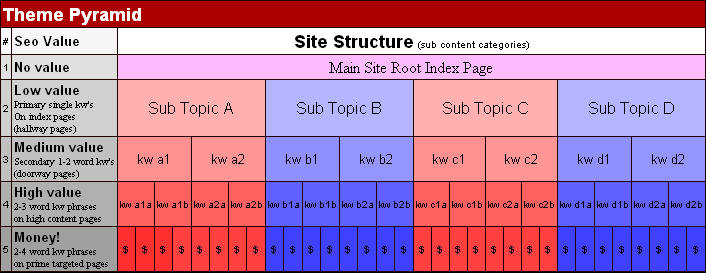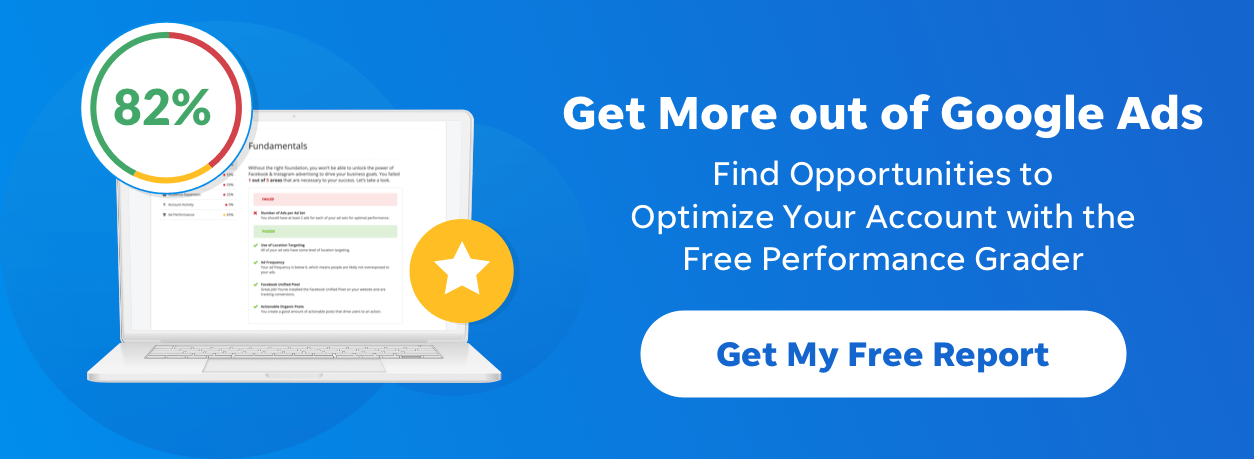
Informing the Tail – Mid-Level & Long Tail Information Architecture | Heads or Tails Sec 2
Informing the Tail – Mid-Level & Long Tail Information Architecture | Heads or Tails Sec 2
August 8, 2017
This is the second section in a three-part series titled “Heads or Tails? – How to Profit from Keywords that Don’t Exist“. In the first post of our series we talked about the value of targeting mid-level keywords (keywords that bring a medium amount of traffic and are moderately difficult to rank for). In this edition, we’ll discuss how you can structure your site and link within your pages so that you can effectively target “mid-tail” or mid-level keywords.
The final installment will be published tomorrow, so stay tuned!
Optimize Your Site’s Navigation & Information Architecture for Mid-Level and Long Tail Keywords
In attempting to rank for the middle of the long tail keyword graph down, step one is to create an intelligent navigation structure, or information architecture. There’s a great graphic outlining site architecture courtesy of Webmaster World:
This seems counter to what we’re suggesting above: the popular stuff is on the top of the pyramid, and the pages on the top of the pyramid often get the most link equity by default (they are linked off the home page, and are generally the top-level, site-wide links).
So why are we telling you to create a site architecture that gives link equity and prominence to broader phrases?
Because keyword competitiveness roughly syncs up with value. Keyword research tools typically ensure that everyone is aware of the top level terms, and there are a lot of documents that are somehow related to broad topics:
Whereas more specific queries will have significantly less competition:
The number of documents competing for a phrase isn’t necessarily a direct indication of competition, but it’s a start. Let’s look at what Google’s keyword tool has to say about the competitiveness of these two phrases:
As you can see, considerably more people are aware of and bidding on the phrase “search marketing” than “search marketing software” on Google.
Search marketing software is still a pretty broad query, really, but we’ve almost halved the competition from other documents for the phrase and we see considerably less competition in paid search, all by adding a single modifier.
Thus, we can afford to create an architecture with the middle terms in the middle because it takes less to rank these keywords. Additionally, we can adjust our interlinking strategy to ensure that these keywords are being aggressively targeted.
Interlinking for Rankings on Mid-Tail Keywords
Beyond just creating an intelligent site hierarchy, you also want to be sure to flow link equity from within your own content to pages targeting mid-tail phrases.
The number one listing for search marketing is Wikipedia. That site seems to rank for everything and part of the reason is intelligent interlinking and great use of anchor text. Let’s take a closer look at what links to the search engine marketing page:
Over five hundred pages are linking to this page. Additionally, they’re all using optimized anchor text.
Let’s take a look at an example of “optimized” anchor text:
This text is from the Wikipedia page on “Internet Marketing” (http://en.wikipedia.org/wiki/Online_marketing) and links to the search engine marketing page. As we noted above, there are five hundred more links like this sprinkled throughout the Wikipedia site.
You can duplicate this process for your mid-tail targeted content pages. So, if we had the following pages on our site:
- /search-marketing
- /search-marketing-software
- /best-search-marketing-software
we would point most of the links on our site to the search marketing software page.
Then, from the search marketing software page, we would be sure to link up and down from this search marketing software page, passing relevance and link equity to the other two pages. The key here is that most of your relevance and link equity from various pages on your site are pointed to the search marketing software page, such that you’re aggressively targeting that mid-competition term.
We can then take this same strategy and apply it to link building and content creation for middle competition and long tail keywords.
In the final installment of this series, we’ll discuss how you can build links and create content for mid-competition keywords and the long tail.
The Heads or Tails? Series:
Meet The Author
Tom Demers
Tom Demers is Co-Founder & Managing Partner at Measured SEM and Cornerstone Content.
See other posts by Tom Demers
More Articles Like This
Comments
Please read our Comment Policy before commenting.











